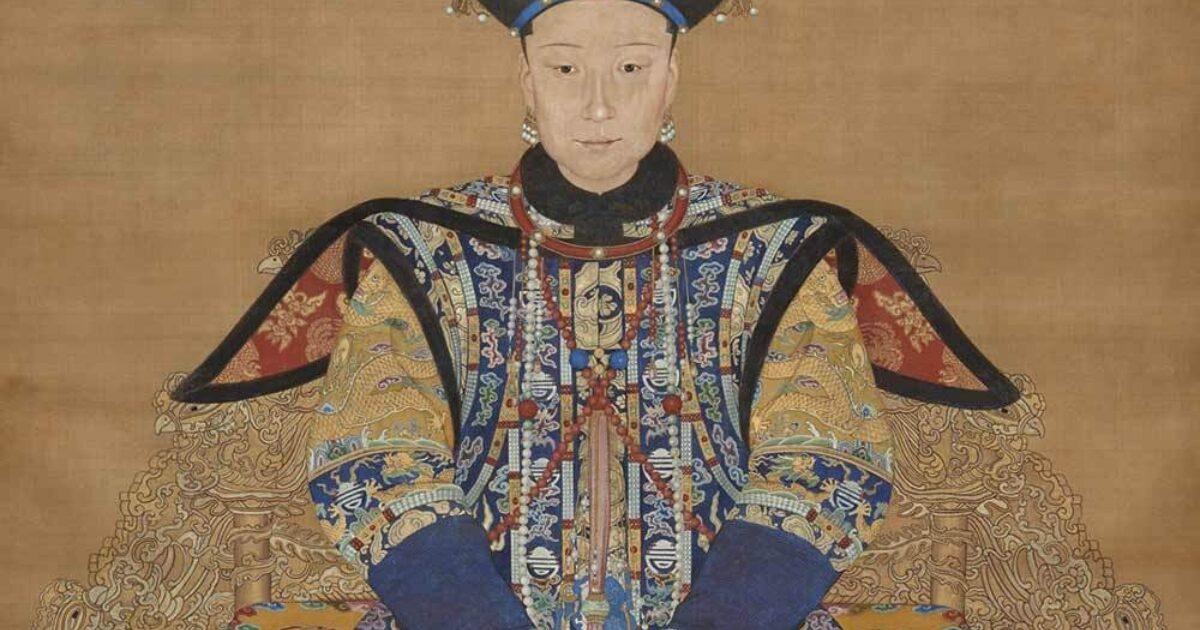What is the importance of arts and collections in modern life and how do they influence culture and creativity

Arts and collections have always played a vital role in human civilization, serving as powerful expressions of creativity, culture, and identity. From ancient sculptures to modern digital art, the concept of collecting and appreciating art continues to evolve with time. In the modern world, arts and collections are not just hobbies or luxuries—they are essential elements that enrich societies, preserve history, and inspire creativity across generations.
1. The Meaning of Art and Collections
Art encompasses various forms—painting, sculpture, music, photography, literature, and more—each reflecting human imagination and emotion. A collection, on the other hand, represents a curated set of artworks or artifacts that hold personal, cultural, or historical significance. Collectors may gather art pieces, antiques, coins, or even modern NFTs (non-fungible tokens), each telling a unique story. Together, art and collections embody passion, preservation, and expression.
2. Preserving Cultural Heritage
One of the most important roles of art and collections is preserving the essence of culture and history. Every civilization leaves behind artifacts and artworks that reveal its values, beliefs, and way of life. Museums, galleries, and private collectors help protect these treasures for future generations. By studying art collections, historians and researchers gain insight into ancient societies, their craftsmanship, and their evolution over time. Art becomes a bridge that connects the past with the present.
3. Emotional and Intellectual Influence
Art has a deep emotional and intellectual impact on people. It evokes feelings, sparks imagination, and encourages critical thinking. Viewing or collecting art can be a meditative experience—it allows individuals to reflect on human experiences, social issues, and personal emotions. Many collectors describe their passion as a journey of discovery, where each piece of art adds depth and meaning to their understanding of life.
4. Economic and Social Value
Art and collections also hold significant economic value. The global art market is a multi-billion-dollar industry where artists, collectors, and investors interact. Collecting art is not only a creative pursuit but also a financial investment. Rare artworks and limited-edition collectibles often appreciate in value over time. Moreover, art exhibitions, auctions, and fairs contribute to tourism and cultural exchange, making art an important part of a nation’s economy.
5. Promoting Creativity and Innovation
Engaging with art—either through creation or collection—encourages innovation. Artists push boundaries, experimenting with new techniques and mediums, while collectors help bring these creations into public view. In today’s digital era, art has expanded beyond traditional forms to include digital paintings, photography, and 3D design. This blend of technology and creativity keeps art relevant and accessible to all.
6. Personal Expression and Identity
For many people, collecting art is a way of expressing personality and taste. A personal collection reflects individual interests, values, and aesthetics. Whether it’s a wall filled with paintings or a shelf of rare sculptures, a collection becomes part of one’s identity and living space.
Conclusion
Arts and collections are timeless expressions of human creativity and culture. They enrich lives, connect generations, and inspire innovation. In an age driven by technology and change, art remains a reminder of our shared humanity—a bridge between emotion, intellect, and imagination that continues to shape the world around us.




